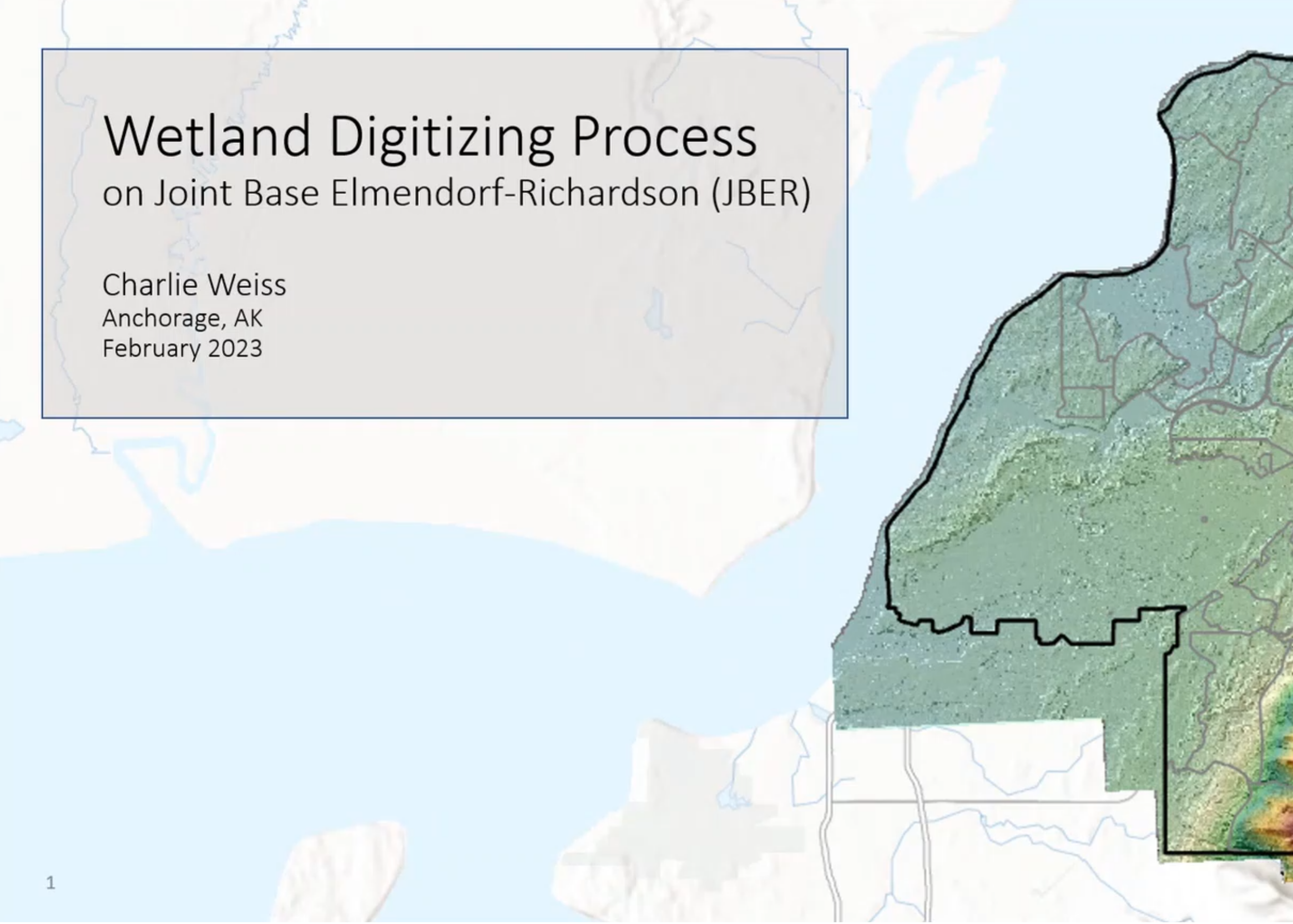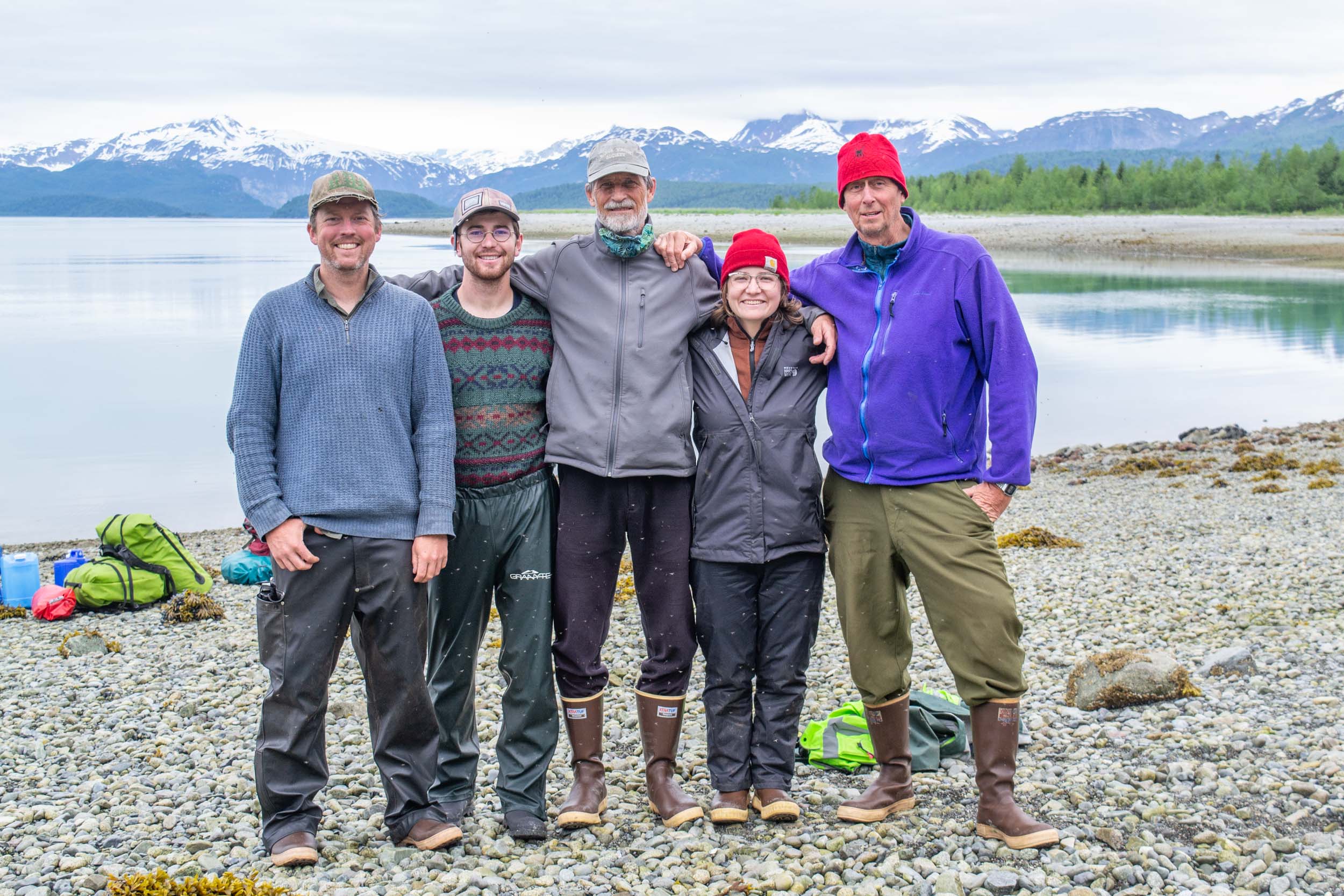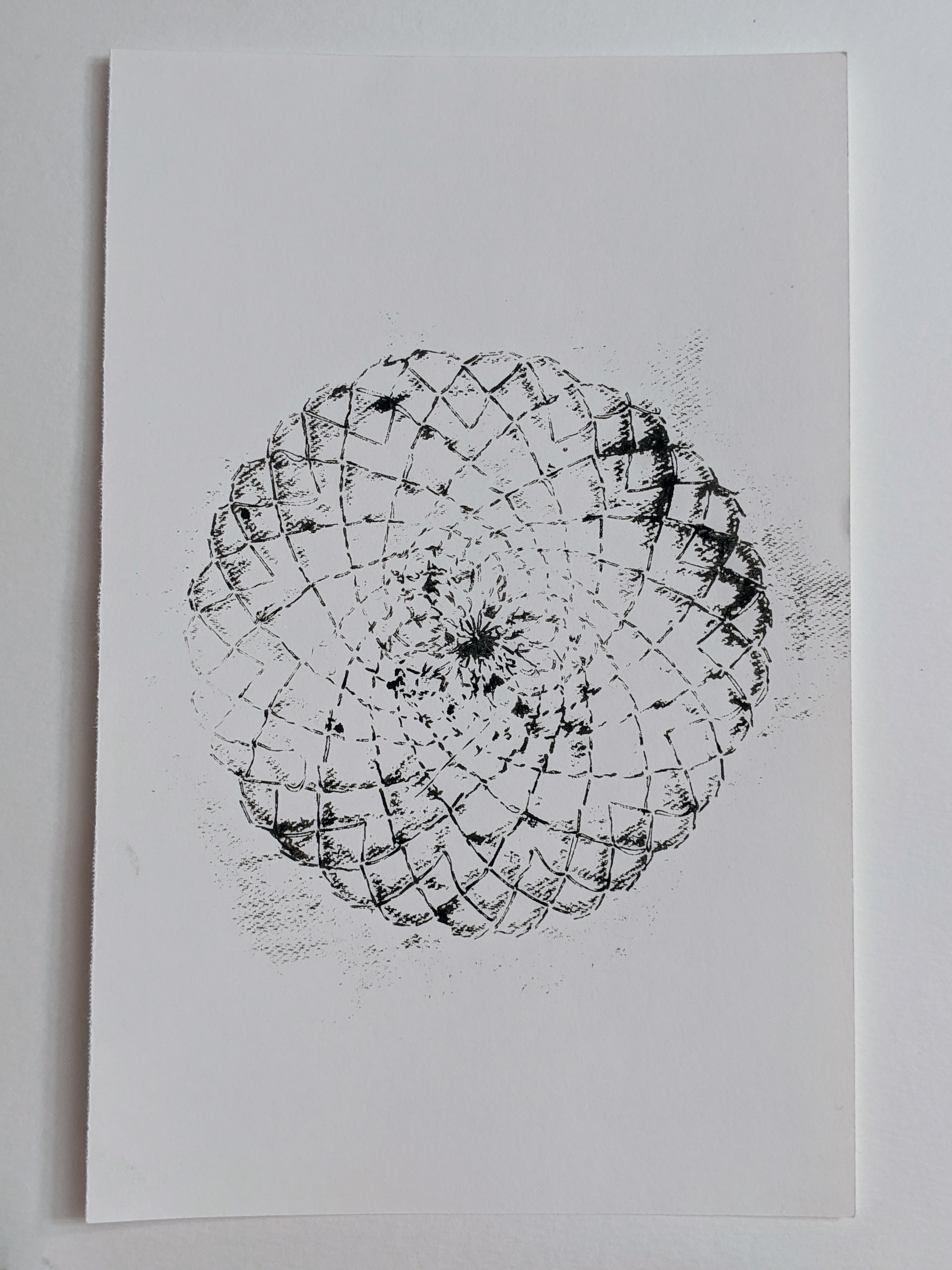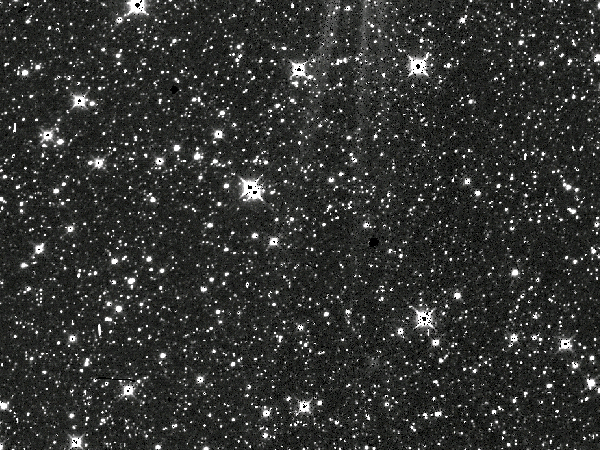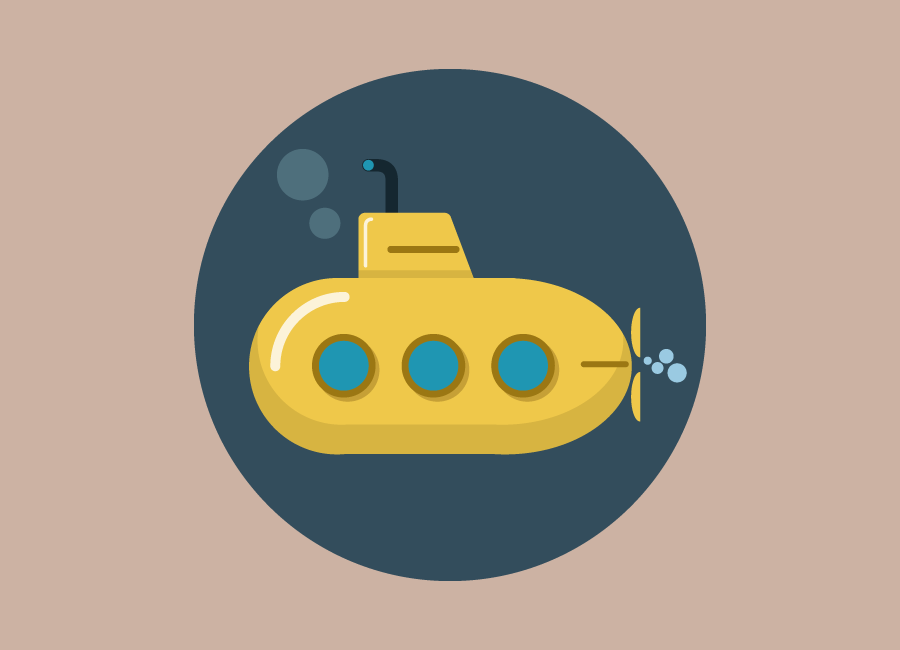Nwi Wetlands Mapping
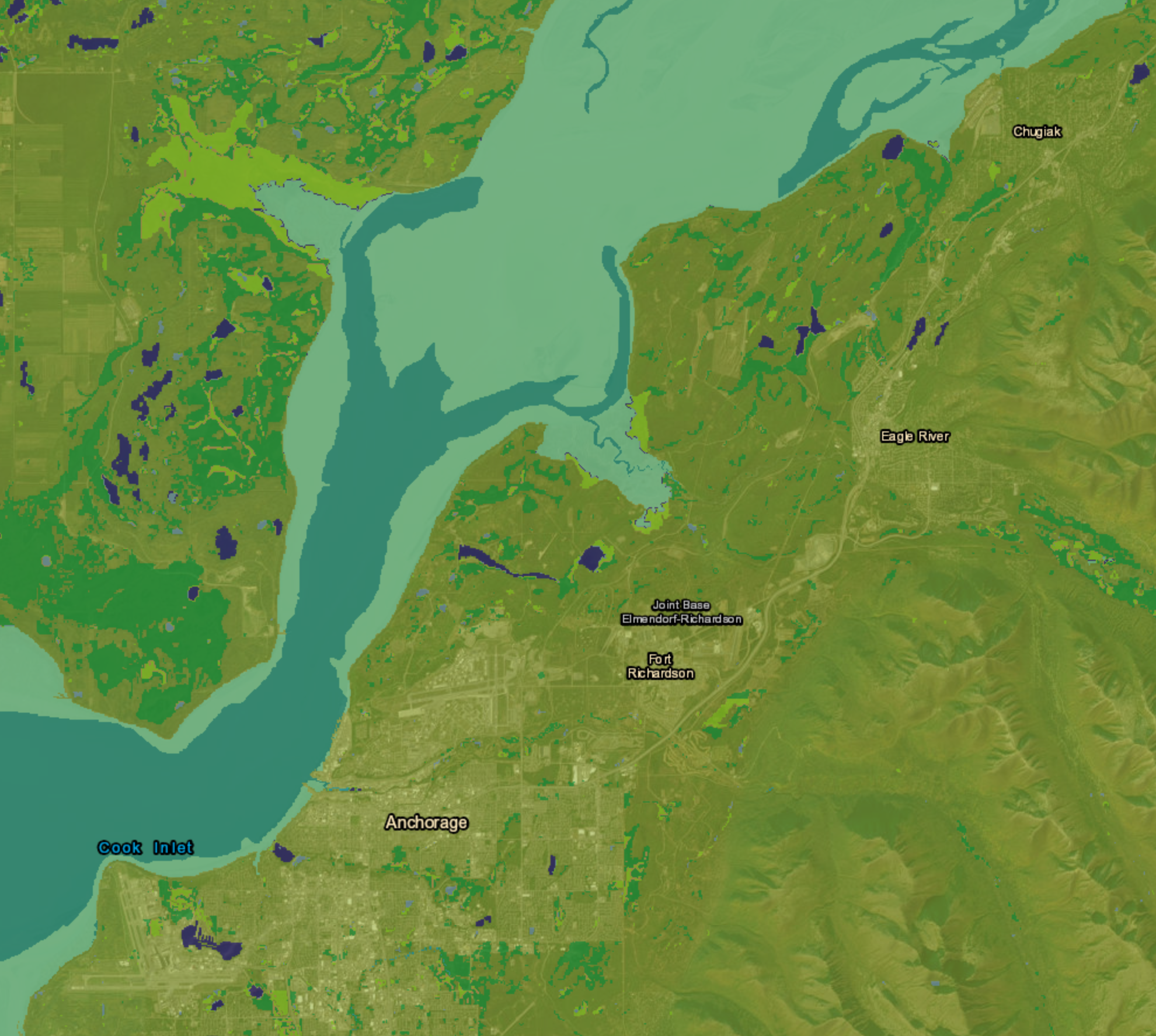
Updated all wetland boundaries and classifications on Joint Base Elmendorf-Richardson (JBER) for the National Wetlands Inventory (NWI) using ArcGIS Pro. Available on the NWI Wetlands Mapper by end of 2023.
- Organization: USFWS, Student Conservation Association
- Date: April 2022 - Feb 2023
- Location: Anchorage, AK (field) and Seattle, WA (remote)
